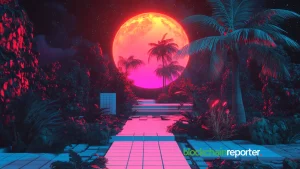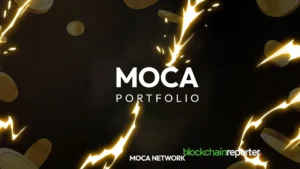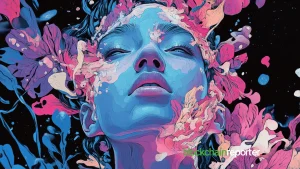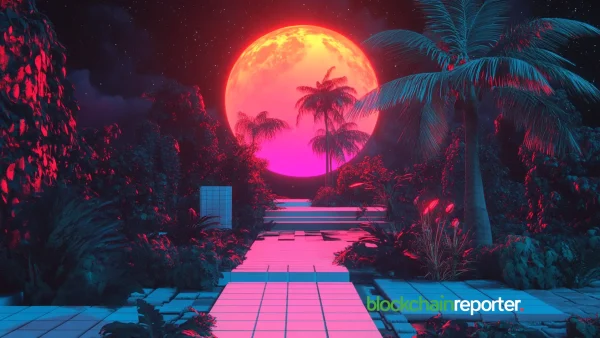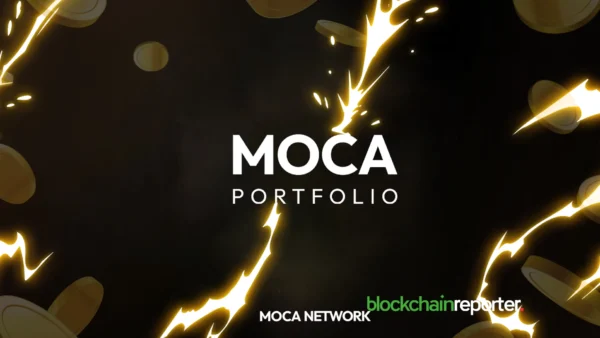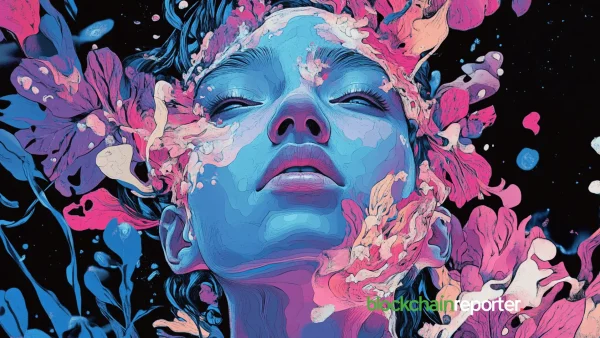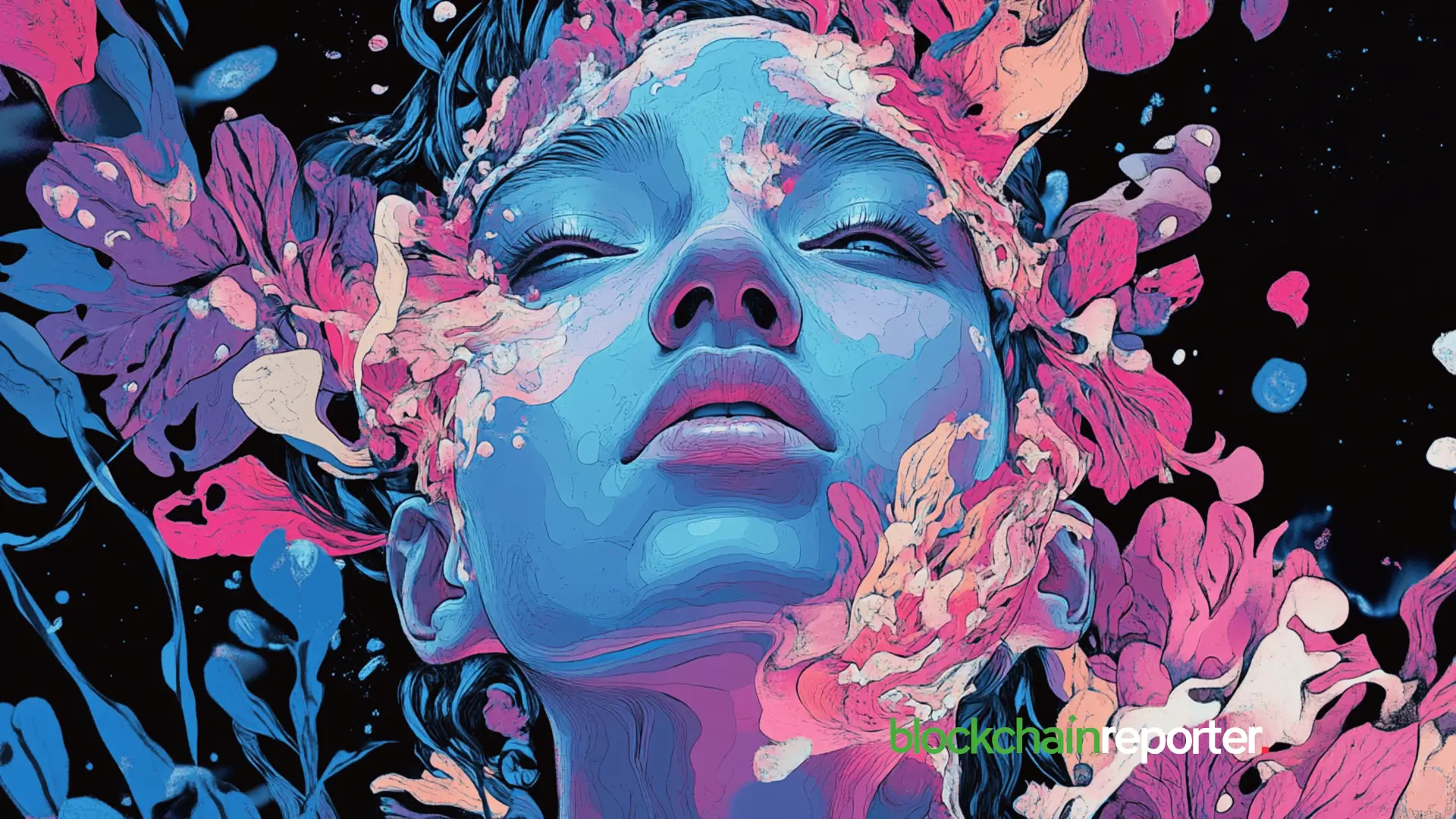
At its annual MAX conference, Adobe today announced a number of interesting updates to its Behance portfolio site for creatives.
The software giant Adobe is trying to allow the creators of non-fungible tokens or NFTs to prove that they are the artists behind their work by linking social media profiles and crypto wallet addresses.
At its annual MAX conference, Adobe today announced a number of interesting updates to its Behance portfolio site for creatives. According to Adobe over 160 million people visited the site in the last year and viewed the work of the creatives on the site over 2.25 billion times. That’s a highly active community and it’s maybe no surprise then that the company is adding a number of new features that will allow its users to directly and indirectly profit from this.
This feature can add an NFT creator’s wallet address and social media information to the content credentials metadata of the tokens listed on Rarible, thereby helping “to combat misinformation with the attribution and verifiable veracity of the content.” You can explore Rarible project here.
Two years ago, Adobe co-founded the Content Authenticity Initiative (CAI) to combat visual misinformation and protect creators through digital provenance. Now, Adobe has released a public beta of Content Credentials, a new feature that makes it easier to protect and verify metadata for digital content created across key Adobe Creative Cloud solutions including Photoshop, Stock and Behance — and that includes NFTs specifically.
Importantly, users of the Photoshop desktop app can now link their social media profiles and crypto wallet addresses to their work. That way, they can further assure consumers that they are indeed the creator of their content.
Adding a crypto address is therefore particularly useful if you wish to mint your work as an NFT, as this address will be featured in the publicly visible Content Credentials metadata when you list this NFT on Rarible, making the attribution easier.
Will Allen, the Adobe VP in charge of Behance, noted that Adobe isn’t interested in creating its own NFT marketplace. “We’re really just focused on enabling these creators to showcase their work. That’s the key focus of what I think we can do particularly well as allow them to showcase their work and then make these transactions wherever they want to be. I do find a common theme is that they want to learn. They want to see behind the scenes of like, (Hey, this is a phenomenal illustrator, let me just watch them create and see how to do these things. Let me get access to their PSDs, so I use those as a template and take my creativity to the next level).”


